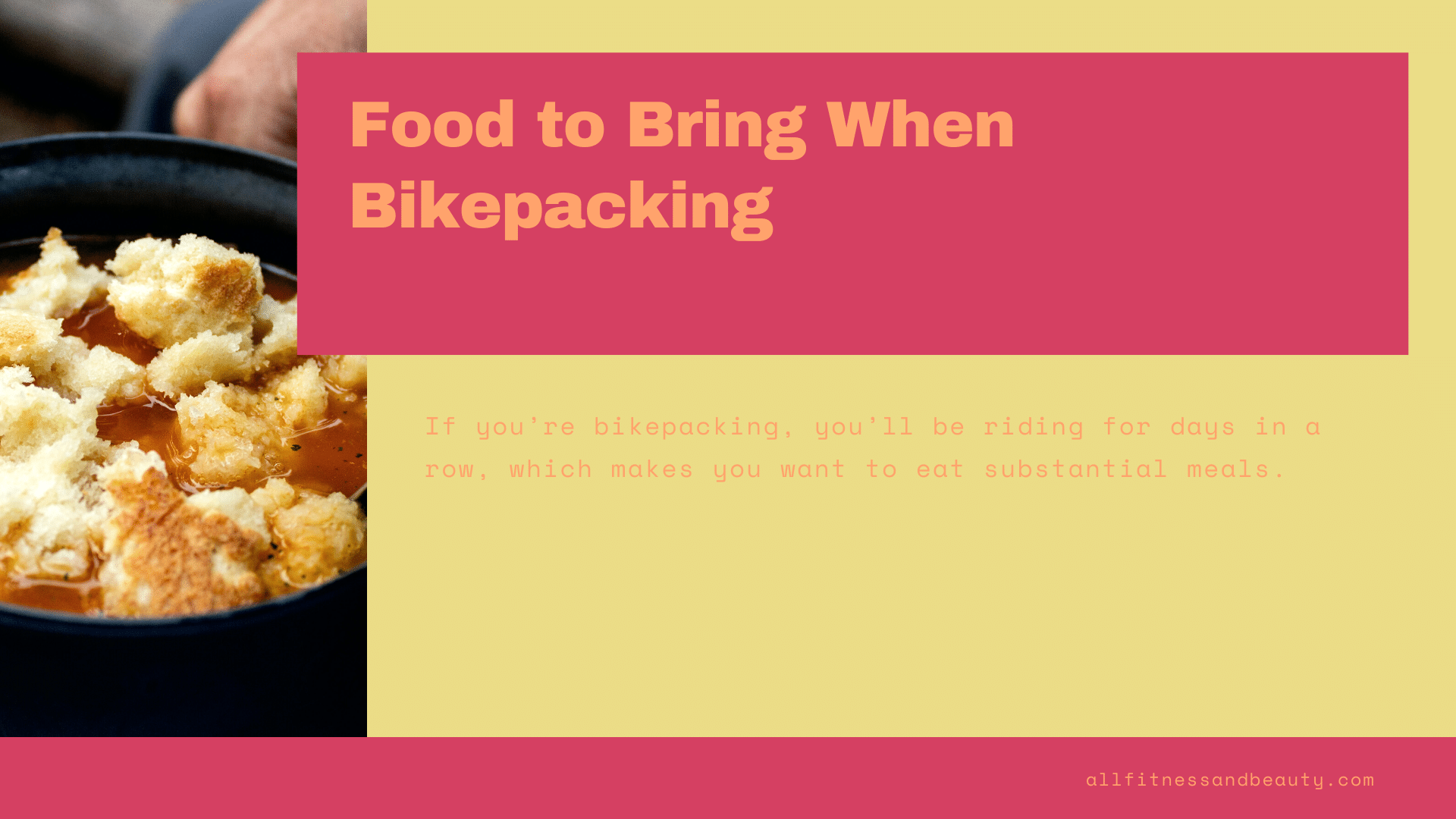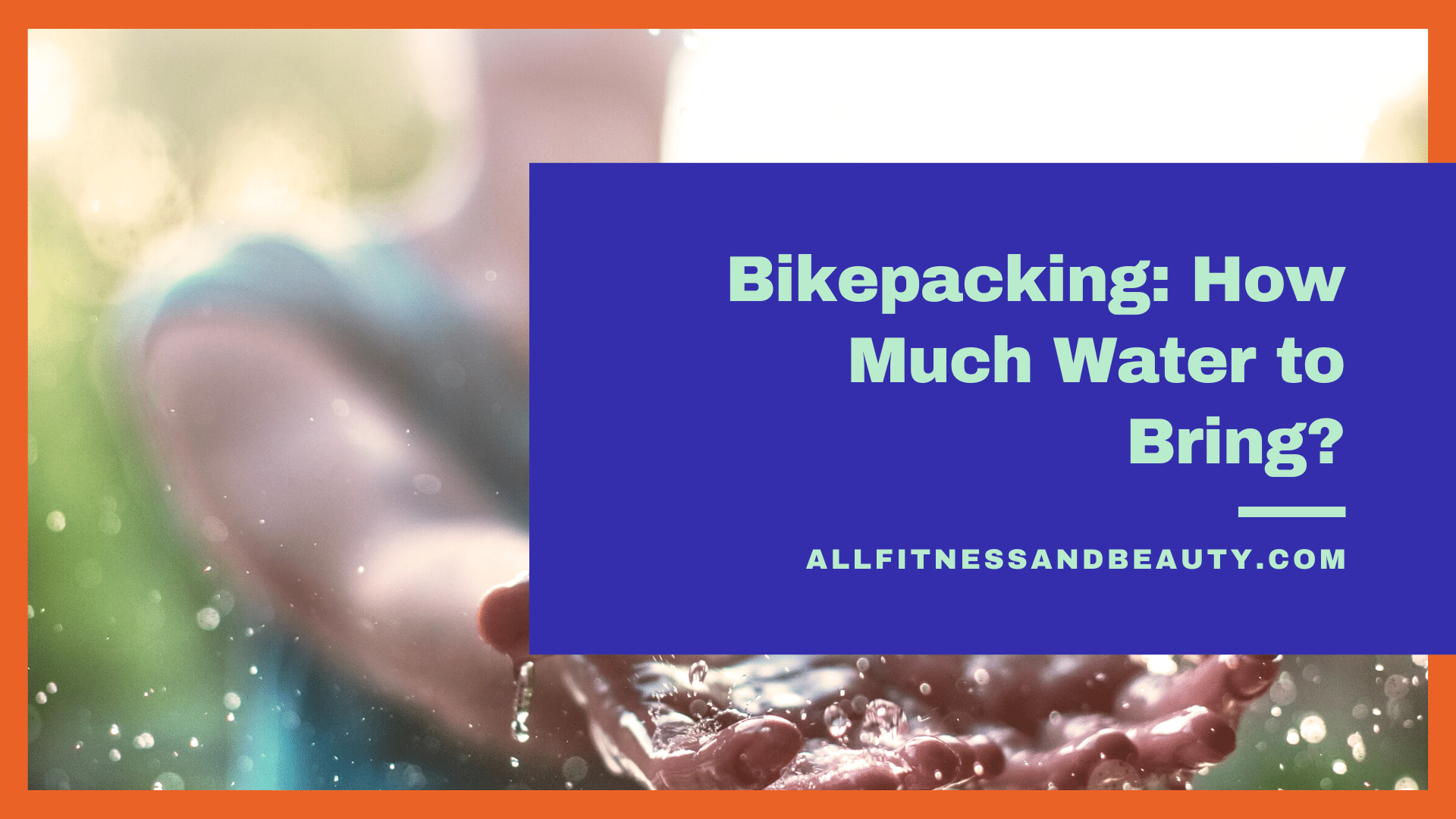Bikepacking: What to Bring for Your Epic Trip

Bikepacking is fun and exciting. This kind of adventure synthesizes camping and riding bikes. But one of the questions you might have in your mind right now is how will you carry all of your things? What do bring when bikepacking?
When you think about it, the concept of bikepacking is simple. Just grab your camping gear, put it in your bike and pedal your way to the trail.
Unfortunately, it’s a lot trickier than that.
There are things that you need to bring. But you must be mindful of what you bring to avoid taking a lot of stuff.
Even if experts recommend just bringing only the essentials, these basics might not easily fit in your tiny pack.
But this post will help you organize your gear so you can fully pack what you need.
Let’s dive in.
What to Bring When Bikepacking: Your Bike Gear
It includes your bike, packs, lights, and helmet.
You must also pack your outdoor sleeping system. It can be a tent, bivy, or a hammock. Each comes in various shapes and sizes. It also has its own pros and cons.
The most important thing to consider here is what item that lets you get quality sleep. Keep in mind that a good night’s sleep will help your performance.
If you’re bikepacking during cold and wet weather, you should opt for a tent. It can help you get high quality of sleep as you can retreat in a dry space after a day of biking.
Unfortunately, a tent is quite heavier. But you can buy a light tent that is easier to pack and carry. However, this type of tent is quite expensive.
Choosing to use a bivy bag will make your load lighter. It’s essentially a waterproof jacket that can be used as a sleeping bag. It’s easy to set up and pack away.
This is an ideal option if you wish to travel light. However, it’s not the best option if you go bikepacking in poor weather. If you opt for it, you’ll need to find a camping spot that can offer extra shelter.
But you can set up a tarp if you’re experiencing poor weather.
How about a hammock? This is only ideal if you’re planning to retreat in a forested area. Keep in mind that a hammock needs something sturdy to hang.
This is ideal if you’re bikepacking in the warm or dry summer months. However, you may avoid it if you’re traveling in colder weather.
You also consider bringing a sleeping bag. But opt for a lighter one. Although it’s more expensive than an ordinary sleeping bag, it makes your ride better. It’ll also free up a lot of storage space. Plus, your sleep will improve.

What to bring when bikepacking: Food?
Normal cycling nutrition is only ideal for a four-hour ride. However, if you’re bikepacking, you’ll be riding for days in a row, which makes you want to eat substantial meals.
What food to pack will depend on the ingredients and cooking equipment you wish to carry. But many bike packers would opt for rice-based dishes are they’re quick to prepare.
For the cooking system, you can pack a small stove head and canister. Then, don’t forget lighter, sponge and spork. Store them in the pot.
Bikepacking: What clothes to Bring?
Choose clothes that are comfortable on the bike. They must also be appropriate for the weather conditions.
Opt for clothing that you can wear in more than one situation. Squat-proof leggings with pockets are ideal during the hot weather condition.
You should also wear a cycling cap that you can wear under your helmet to wick away your sweat.
Other things to consider
Spares, lights, tools, and toilet paper are essential things to consider. Plus, don’t forget your first aid kit.
Camping tools and an external battery pack are also proven useful.

Bikepacking: What Bag to Use
The traditional pannier style bag is the most common option. However, soft style bikepacking bag is increasingly popular these days. This type of bag lets you strap it onto the frame or seat post.
When choosing the right bag, plenty of things to consider. But it boils down to how it can securely transport your things.
The traditional touring bike pannier has a huge capacity. However, it can affect your performance and your ride quality.
But opting for a bike packing bag lets you strap it to any part of your bike.

Bikepacking: How Much Water to Bring?
When you bike pack on a normal day, you can drink up to 4 liters of water. However, if you go on hot days, you can consume up to 6 liters.
Now, if there’s no water source nearby, you need to bring an extra liter of water overnight.
When carrying water on your bike, you need to use multiple containers. If one case breaks or leaks, you still other containers that carry enough water.
Invest in a container that lets you drink while you’re riding. A hydration bladder with a hose is a good option.
Bring one bottle for cooking, washing, and other off the bike activities.
Bikepacking experts also recommend carrying extra containers just in case someone offers you water. Yes, if there’s someone out there who is kind enough to give you extra water, it’s wise to accept it.
You should also carry a mini-filter and purification tablets. With a mini-filter, you can drink out of mud puddles. The tabs need has a waiting time. However, it’s better than nothing.
But you must remember that not every tab and filter can work against every organism.
If you can carry 10 liters of water in your frame bag, backpack, and bike bottles, then it makes your ride faster because you don’t have to stop to refill.
Conclusion
Bikepacking is a popular activity among people who are always exploring new places. However, it’s not for everyone. Women can participate in it but there are a lot of caveats to heed.
But before you go and start looking for things you can bring for your bikepacking adventure, it’s wise that you condition your body.
If you’re not used to cycling or biking for hours, you might not endure the challenges associated with this activity. Prepare yourself first. Do some strength training exercises and cardio exercises, like boxing, running, and cycling.
Over to you. Have you tried bikepacking? What items do you usually bring? Please share your tips in the comments section below.





Leave a comment